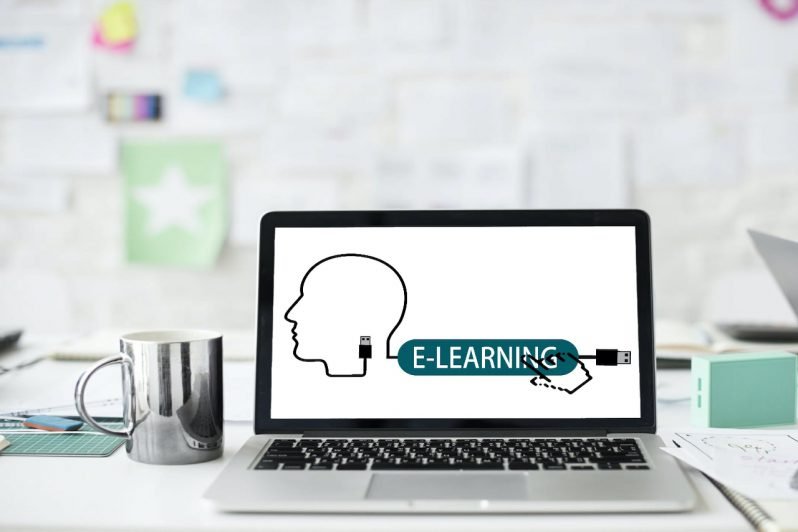Online training has been established as one of the best educational methodologies for companies. It encourages engagement, reduces costs, saves time, and guarantees knowledge acquisition without any space or time limitations, as long as you have access to the Internet.
E-learning tools must go through a rigorous selection process to be implemented successfully. Subsequently, an internal communications campaign must take place to enable employees to adapt to the new training system. Business managers will be able to follow the process by monitoring employees’ performance reports to generate better feedback.
In short, e-learning in the corporate sector is here to stay. If you want to implement this methodology at your company in 2021, the following tips will help guarantee success:
1. Select an e-learning platform that adapts to your needs
To begin, it’s essential to select the right e-learning tool for your employees. In this constantly growing market, it’s very important to conduct a thorough study to determine which of the available platforms is the best for your company’s needs.
Among the main features that any e-learning platform should have in 2021, we have:
- Unlimited online classes for all employees.
- A profile for each student that allows the employee to have a digital identity with personalized access to the platform.
- Dynamic reports that allow a detailed evaluation and follow-up of employees’ development throughout the training courses.
- Proprietary or adaptable LMS to manage the employee learning process.
- Updated content that includes market trends, such as, videos-learning, gamification, and experiential learning.
- Responsive design that allows access to the platform from different devices—tablet, mobile, laptop, etc.
2. Implement the new training system
Once you’ve chosen the right platform, the system must be implemented correctly. The entire process needs to be planned, from data transfer, through technical and usage details for each department, to launch and implementation across the company.
Enough time must be dedicated to this phase for the implementation plan to be successful.
Some e-learning platforms have assistance from the sales department, which is very useful for fine-tuning details for the launch and subsequent use of the platform.
3. Communicate how to use the platform
Once the platform is working properly, it’s time to select and communicate which courses employees should take according to their job. It is important to make sure everyone understands how the tool works. To customize the process, it is advisable to have learning pathways that adapt the training to each professional’s objectives.
Once employees are familiar with the platform, it’s important to reward their level of participation. Sharing the rankings in a team meeting with positive feedback is a good option.
4. Analyze your employees’ performance
From the reports generated by the e-learning platform, you have access to the data and all the details on the training development of your employees.
Once the information has been collected, you’ll be able to generate feedback sessions based on the achieved objectives and points for improvement. The sessions will help to further increase employee engagement throughout the learning process.
Promoting the right e-learning platform in your company will improve your employees’ skills and knowledge, increase their performance, and facilitate their training. If you haven’t incorporated e-learning into your corporate training yet, what are you waiting for?




Leave a Reply